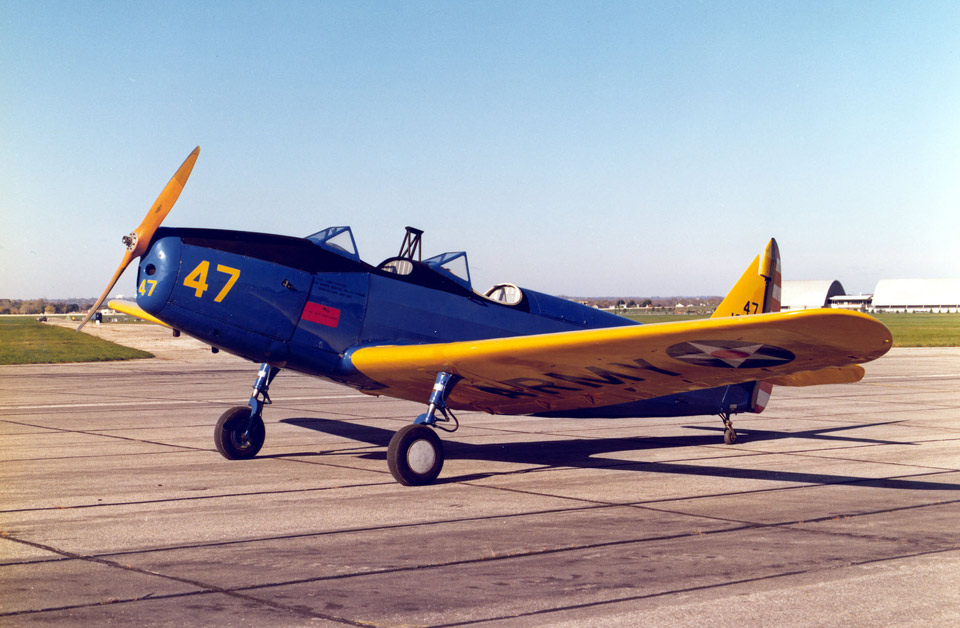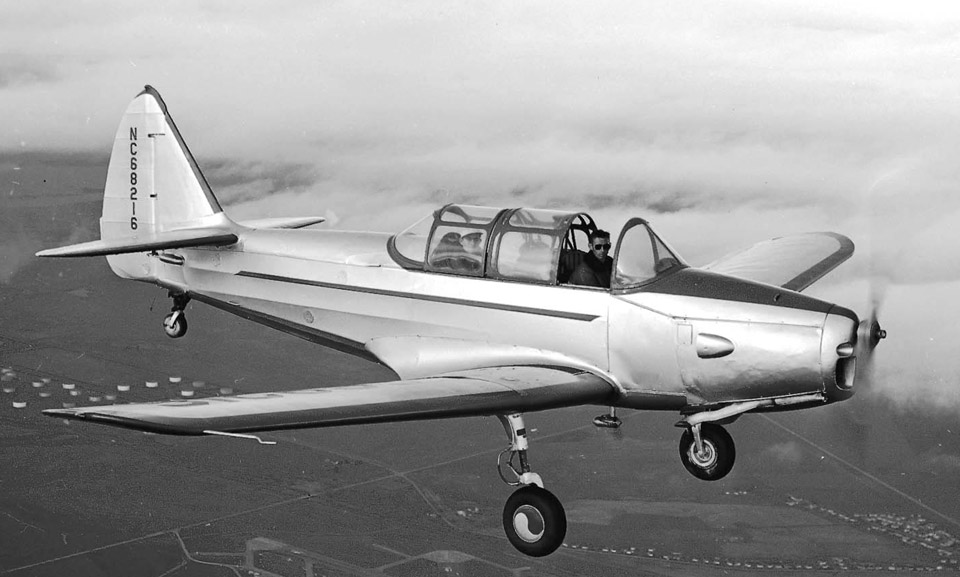Unsung Trainer: Fairchild PT-19 Restoration
May 2015 - There’s a very interesting array of aircraft projects on their way to flying condition, but one in particular stands out as a type that’s truly historic and equally unsung. The Fairchild Aircraft Company of Hagerstown, Maryland, built a very important series of training aircraft before and during the Second World War, and yet because of its innovative and war material-conserving construction processes, few have withstood the ravages of time.
Designed by Armand J. Thieblot, the trainer was called the Model 62 or M-62. The tandem-cockpit, low-wing monoplane had a steel tube fuselage but added an all-wood wing and empennage sheathed in plywood laminates for rigidity. Powered by Fairchild’s own 6-cylinder Ranger in-line, the little plane was optimized for the training role and first flew in 1938, positioned to take advantage of the forecast boom in flight training.
Submitted by the company to the U.S. Army Air Corps for a primary trainer competition in 1939 against no less than 16 other training aircraft, the little M-62 won and 270 aircraft were ordered. The new military trainer was designated the PT-19.
While today the standard WWII trainer of “memory” is the Boeing Stearman Model 75, it is important to note that the PT-19 and its follow-on PT-23 (radial engine Continental R-670) and PT-26 (Canadian enclosed cockpit, Ranger powered) were in fact the majority at one time. A grand total of 8,129 were built, and the greater majority of pilots were trained in the Fairchild trainer by 1944, according to Fairchild researcher Kent Mitchell.
Interestingly the PT-19 series was longer lived than one might think, with Paraguay parking the last military PT-19 in 1972! In the United States, perhaps a thousand PT-19/23/26 aircraft were surplused to a willing civilian market. The majority of those were derelict by 1960, the wood center sections rotting away after years of outside storage. The more resilient and metal Boeing Stearman had a brilliant postwar career as a duster and survives in great numbers because of that vocation. The Fairchild simply faded away…with perhaps a hundred remaining in static or airworthy condition, and an unknown number of “basket case” projects waiting for the restoration this important type richly deserves. They are beautiful flying machines.
One of the 1,057 PT-26A/B variants built by Fleet Aviation of Ontario is being rebuilt today by advocates of the type, and two of them are Mark and Joe Denest of MD Aero, Lancaster, Pennsylvania. The aircraft was with the No. 2 Training Command at Winnipeg, RAF, serving at Virden, Manitoba, with the No. 19 Elementary Flying Training School.
Surviving the war and somehow remaining intact enough to be restored, the project is now well along and the team hopes the aircraft will take to the air in 2016. When completed, the aircraft will be painted in her original markings as a British Commonwealth Air Training Plan (BCATP) Royal Canadian Air Force Cornell.
The aircraft will travel to air shows throughout the country, telling the story of the BCATP and the amazing effort commonwealth nations exerted to aid England in her fight for survival. The original Ranger engine has been overhauled by Joe and is ready for installation. The wings have been completely rebuilt and are ready for fabric and paint, thanks to the efforts and diligence of Mike and Penny Kelly of Coldwater, Michigan.

